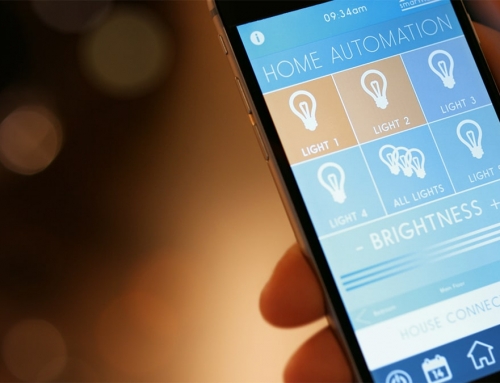Women are a vital part of the world’s economy and the labor market, but they make up a significantly smaller percentage of the work force in many industries. This is certainly not news to anyone. Women have been discriminated against, stereotyped and cast aside by society in numerous aspects of life.

Women are slowly making their way into traditionally male-dominated jobs and fields, including the construction industry. According to the US Department of Labor, women made up 9.1% of the construction workforce in 2016. In Canada and the UK, the numbers are slightly higher – just over 11% of the total construction workforce is women. However, in the US, these numbers are not growing; in 2009, women made up 9.5% of construction workers.
As with other male-dominated industries and jobs, women are underrepresented in construction, and the reasons are fairly obvious and plentiful. Construction is, by all “traditional” standards, a “male” job. There is a shortage of incentives for women to join this industry and a lack of female role models – successful women to set an example and serve as inspiration.
In architecture and design, as well as construction-related occupations such as roofing, the number of women is a little higher, and the appreciation and recognition of women in these industries is slowly taking hold. In the US, women make up 23.6% of architectural services. That number is still far from ideal, but it is growing. More importantly, there are women making an impact on the industry, changing it for the better and being recognized for their work.
Digital technology and digitalization are helpful in almost all aspects of construction – starting with the idea itself, to design, throughout the construction process, and later to the building’s upkeep and servicing. Technology systematizes the construction process and makes communication among a team simpler. These benefits help keep a project on schedule and can even help reduce the physical labor of construction. Digital tech increases efficiency, accuracy, standards of quality, workplace safety and success rates, while decreasing the possibility of errors and accidents.
BIM, or Building Information Modelling, represents an invaluable change in the construction industry and is also a part of the industry where women play a vital role. BIM is software that revolutionized paperwork by turning everything digital, making actual paper and physical blueprints obsolete. All data concerning a project is kept in this software and is always available to an entire team. Everyone working on the project is more connected, making the coordination of the project easier and the process itself more efficient.
A greater number of women in the industry can be at least partially attributed to clients who are seeking change, and demanding efficiency, productivity and greater quality with fast results. Companies are constantly striving for a safer workplace, good communication skills among workers and efficient communication with the customer as well. The combination of digital tech and an increased number of women in the workforce can achieve these goals.
Women are organized and supportive, and just as much as they like to succeed, they like to see other women succeed as well. There is a networking group called Women in BIM that gathers women from around the world, mostly from the construction and digital construction sectors. They encourage and support women in architecture, engineering and construction, mentor them and exchange experiences. The organization’s mission is to advance and retain women in those industries and in BIM-related roles, as well as to attract more women to join them, widening their network and expanding the reach of their cause.
Our latest guest author on Home Tech Scoop is Matt. He’s here to talk about the impact women are having on digital technology, as well as how tech is helping women find their place in male-dominated industries like construction. Let us know what you think in the comments below!





